Description
You can deploy these nematodes at soil temperatures between 13 and 31 degrees.
We recommend a new deployment with a new pack after 2 weeks for optimal control.
Sustainability of nematodes/nematodes.
Ferrarium recommends using the nematodes as soon as possible after receiving them. If you still want to store them longer, you can keep them in a refrigerator (2-8 degrees).
Available in various packaging.
The Heterorhabditis bacteriophora nematodes, also called nematodes, can be used as a biological control agent against larvae and pupae of various species of beetles, such as the subterranean larvae of the leafhopper beetles (Scarabaeidae), also called grubs. These grubs cause considerable damage by eating the roots and other underground parts of various plant species. The use of nematodes is an effective way to control these grubs. Moreover, H. bacteriophora are also effective against the caterpillars of the lettuce rootworm.
After deploying the nematodes, they immediately seek out and invade their prey, killing the grubs. You will need the following quantities for combat:
- 12 million (for about 25 m2
- 24 million ( for about 50m2
They come in mineral powder which is ready to be mixed with water. With this mixture, you can easily water the soil with a watering can.
Do grubs cause damage?
grubs are the subterranean larvae of beetles belonging to the leaf sprite beetle (Scarabaeidae) family, such as the mayfly, rose chafer and June beetle. They damage plants by attacking roots and other underground parts. Especially between July and September, it can cause a lot of damage, causing, for example, grasslands to turn yellow and partially die. Larger crops are also vulnerable to the beetle larvae and may die due to root damage. In addition, there are animals, such as birds, that search for grubs and cause damage during their search. Since grubs are in the ground, they are difficult to reach. To prevent them from spreading and escaping, it is important to treat the entire lawn with nematodes.
The nematodes are effective against?
Heterorhabditis bacteriophora nematodes are effective against the larvae and pupae of the following beetle species:
Aphodius dung beetle, Serica brunnea leaf sprite beetle, Hoplia philanthus salland beetle, Phyllopertha horticola rose beetle, yew beetle, weevil, mayfly beetle, June beetle and cherry laurel beetle.
What are nematodes?
Nematodes are roundworms (Nematodes) naturally occurring in the soil. They are very small (0.3 to 0.7 mm) and thus invisible. They are harmless to humans, animals and plants.
How does nematode control work?
Nematodes are soil dwellers that search for larvae and pupae of pests. They are unable to fight adult specimens. There are numerous types of nematodes, each targeting a specific host. They invade and infect their prey with bacteria from their intestinal tract. These bacteria multiply in the host, eventually causing it to die and stop doing harm. The nematodes then feed on the bacteria and in turn multiply. A single insect larva can be a hotbed for thousands of nematodes. The pests are thus attacked by an army of nematodes. Once the host is killed, the nematodes leave it and start looking for new hosts. As long as there are prey in the soil, the nematodes can sustain themselves and multiply.
Temperature and environment
You can apply the nematodes when the soil temperature is between 13 ºC and 31 ºC. It is important that the soil be moist at the time of application and remain moist for several weeks to ensure optimal performance. To prevent dehydration, it is important to water the soil regularly in dry weather. It is recommended that nematodes be released during or just before a rainstorm. Be careful not to apply the nematodes during night frosts.
Release instruction nematodes
The ideal timing for nematode release depends on the developmental stage of the host. It is most effective to release the nematodes when the host is in a vulnerable state and thus easily penetrated. Since nematodes target only the larvae and pupae of pests, late spring and early fall is the best time to release them. For mild infection, we recommend using about 500,000 nematodes per m2 and for more severe infection you can increase this number to 1 million nematodes per m2. This deployment can be repeated after 2-3 weeks. Be careful not to release the nematodes during night frosts and apply them to moist soil that should not dry out for several weeks. So regular spraying in dry weather is essential.
Nematodes easily released
To make nematode release easy, accurate and fast, you can use a pressure sprayer. This specially designed sprayer is suitable for nematode release in the garden and saves a lot of time compared to working with watering cans. It works very simply: pour the mixture of nematodes and water (concentrate) into the tank, connect the nozzle to the water hose and set the desired concentration. The nematodes are then automatically added to the water at the appropriate concentration. This sprayer is especially useful for nematode release over larger areas of 50 m2 and more, but can also be used for accurate nematode release on smaller areas.
Important: you cannot return this product
Please note that you cannot return this product. This is because it is a “live” product, which therefore has a very limited shelf life. Therefore, buy the product only when you really need it, and then use it within two weeks.
Article 10.7 of our terms and conditions: Products that spoil quickly or have a limited shelf life
You must be logged in to post a review.

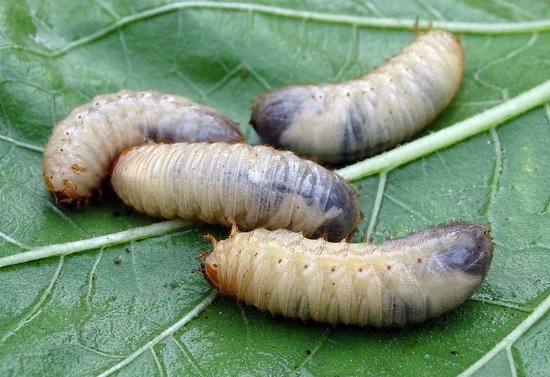
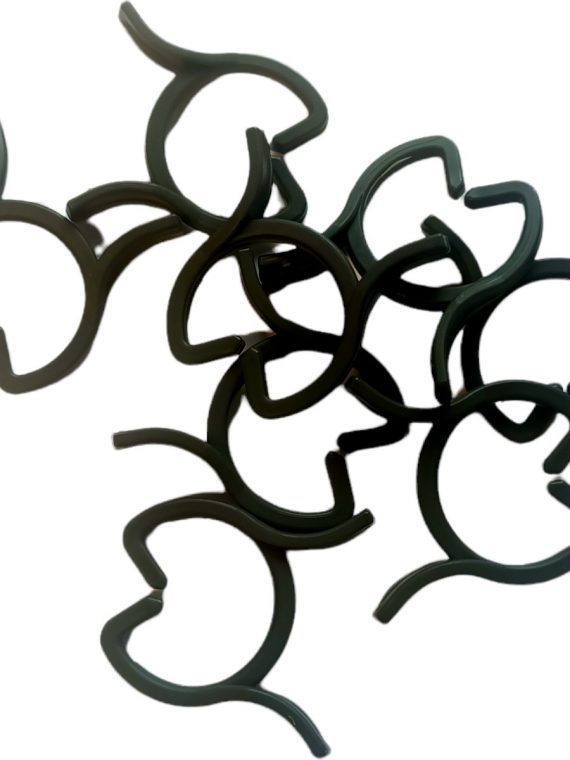
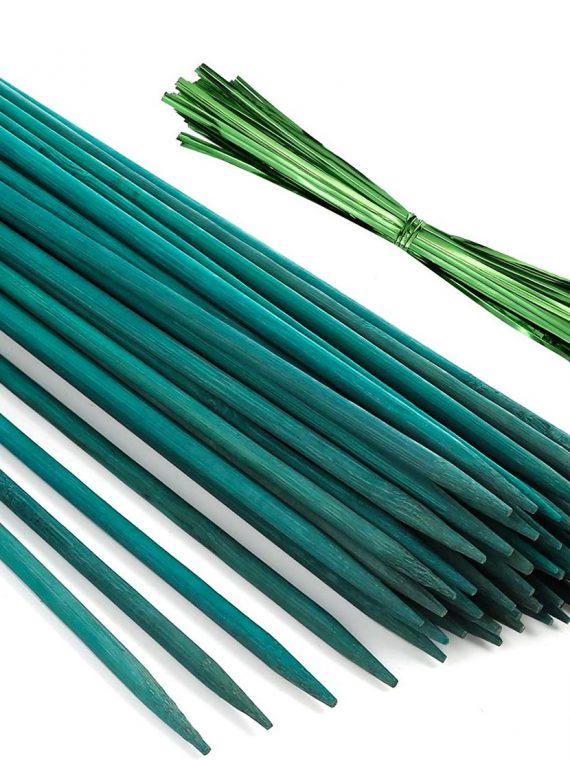
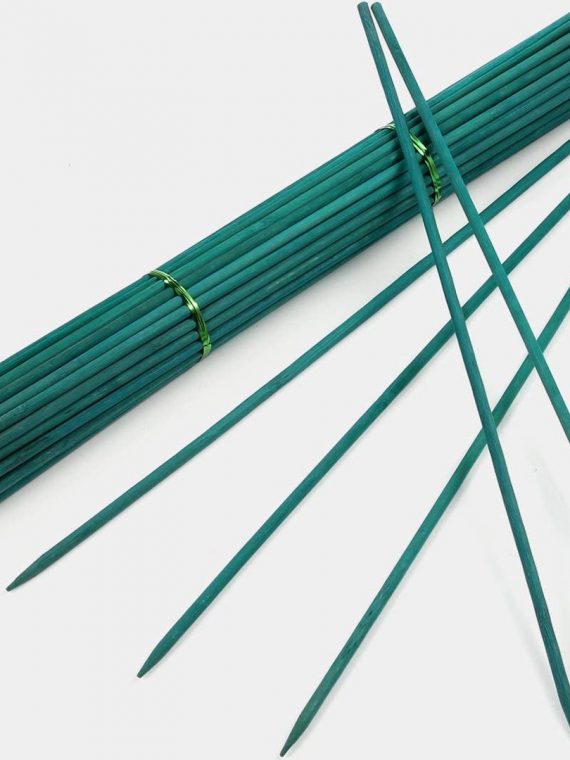
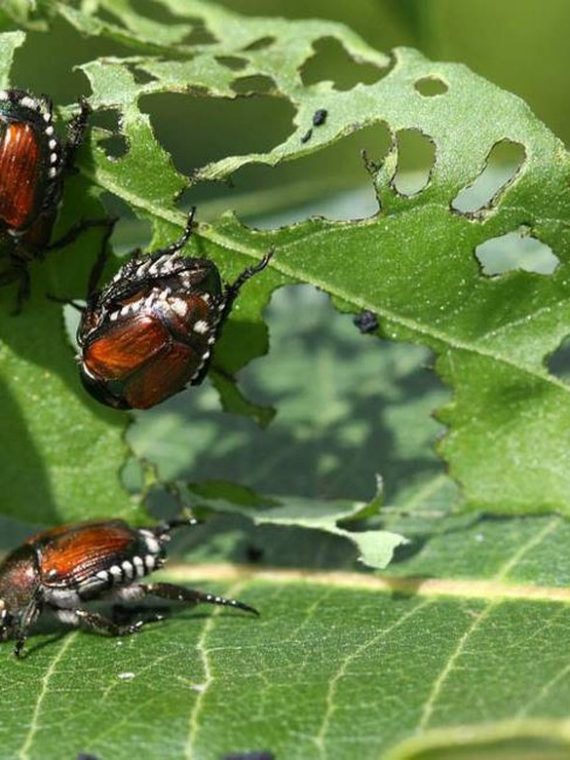
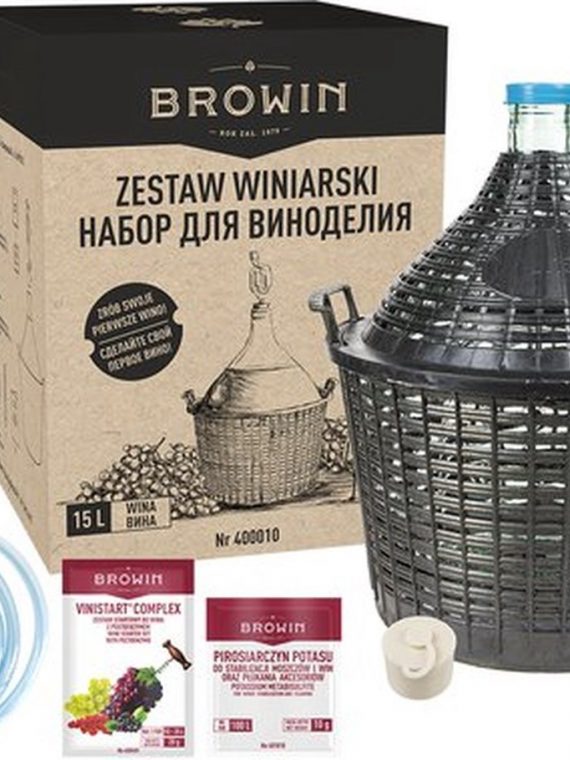
Reviews
There are no reviews yet.